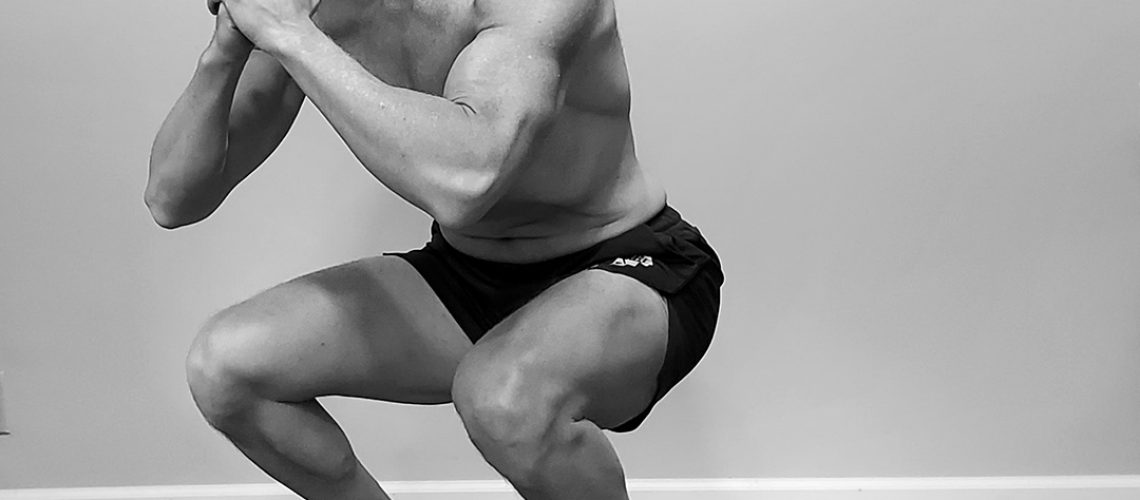Posterior Chain Work for ACL Health and Stability

Introduction: Welcome to Blade Blogs. Today we discuss keeping that backside strong in order to prevent ACL injuries. For everyone, the anterior cruciate ligament (ACL) is crucial for knee stability. Strengthening the legs, particularly the hamstrings and glutes, can help reduce the risk of ACL injuries and aid in recovery. One of the most effective modalities to combat this is the Nordic curl, which involves eccentric contacting of the three hamstring muscles. Let’s explore why working the posterior muscles of the glutes and hams are essential for knee health and how the Nordic curl fits in.
Breaking Down ACL Injuries: The ACL is one of the major ligaments in the knee, responsible for providing stability and preventing excessive forward movement of the tibia relative to the femur. Injuries to the ACL often occur during activities involving sudden stopping, change in direction, or landing from vertical jumping or hops. Athletes who play sports like soccer, football, and basketball are particularly susceptible.
Significance of Leg Strengthening Strong legs, especially hamstrings and glutes, play a crucial role in maintaining knee stability and preventing ACL injuries. These muscles are the primary stabilizers for the knee joint, reducing the strain on the ligaments during power movements. Weakness in these areas can lead to imbalances in muscle function around the kneecap, increasing the risk of ACL, MCL and LCL tears and strains.
Glute/Hamstring Focus: While many individuals focus on quadriceps strength for knee health, the glutes and hamstrings need just as much attention. The hamstrings act as dynamic stabilizers of the knee, especially during activities involving change of direction, deceleration and landing loading. Strengthening these muscles helps alleviate the forces that can cause trauma to the ACL. Similarly, strong glutes contribute to hip stability, by counteracting the imbalances we see from tighter, inefficient hip flexors and QL and SI deficiencies, which are essential for proper alignment and function of the lower limbs.
The Role of Eccentric Strengthening: Eccentric strengthening involves lengthening a muscle while it’s contracting, which is particularly beneficial for the specific movements applied to sport, and/or exercise. The Nordic curl is one of the very best exercises that utilizes this eccentric phase in a functional manner. During the “negative” phase of the exercise, as you lower your body towards the floor, the hamstrings are engaged to control the movement, helping to build strength and resilience in these muscles. For most people, they will not be able to perform much of the concentric movement but but assisting the user with resistance bands, this upward movement allows for a more robust lowering portion. The user can engage their hamstrings through more of the range of motion thus utilizing their muscles for more of the functional movement.
The Nordic Curl Exercise:
- Begin by kneeling on a soft surface, with your feet anchored or held by a partner.
- Slowly lower your torso towards the floor while keeping your back straight, using your hamstrings to control the movement. If necessary tighten the glutes to keep yourself from hinging say the hips and leaning forward.
- Stop when you can no longer control the descent or when your body is parallel to the ground.
- Push yourself back up to the starting position using your hands and engaging your hamstrings and glutes.
- Repeat for 6 reps keeping in mind that a warmup will help prevent cramping or injury.
Conclusion: Maintaining strong legs, with a focus on the hamstrings and glutes, is crucial for preventing ACL injuries and promoting knee health. Exercises like the Nordic curl, which emphasize eccentric strengthening, are the gold standard additions to a comprehensive training program. By incorporating targeted exercises and prioritizing muscle balance, individuals can reduce their risk of ACL injuries and support effective rehabilitation to the injured areas. Remember to consult with a healthcare professional or fitness expert before starting any new exercise program, especially if you have a history of knee problems. Stay balanced, stay strong, and keep those knees resilient!!

Nick Hudson
Nick is the founder co-developer of BladeX, a revolutionary fitness product designed for use in the home, gym, office or travel.
